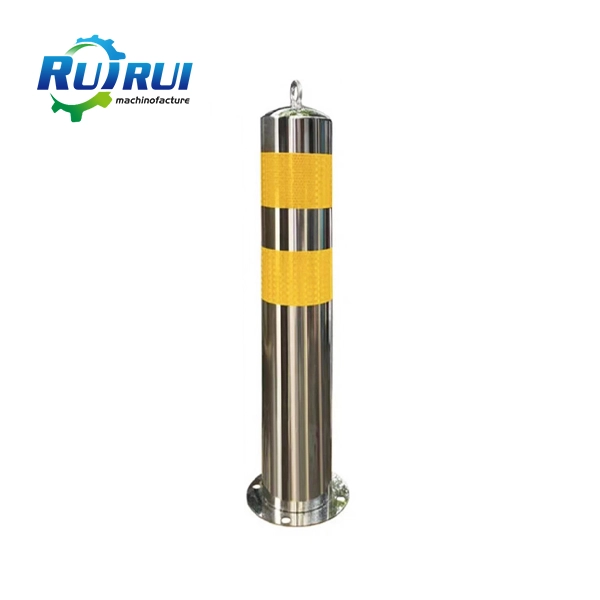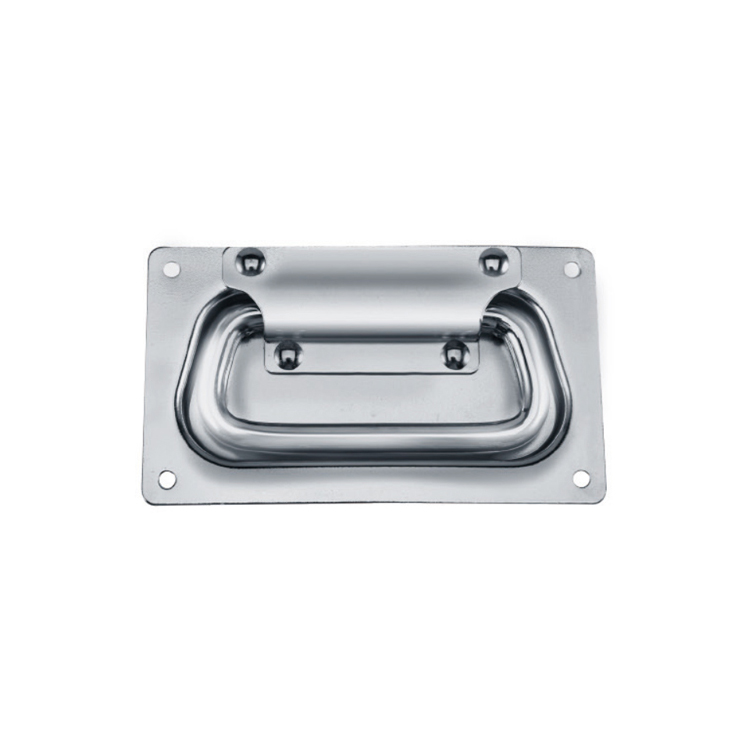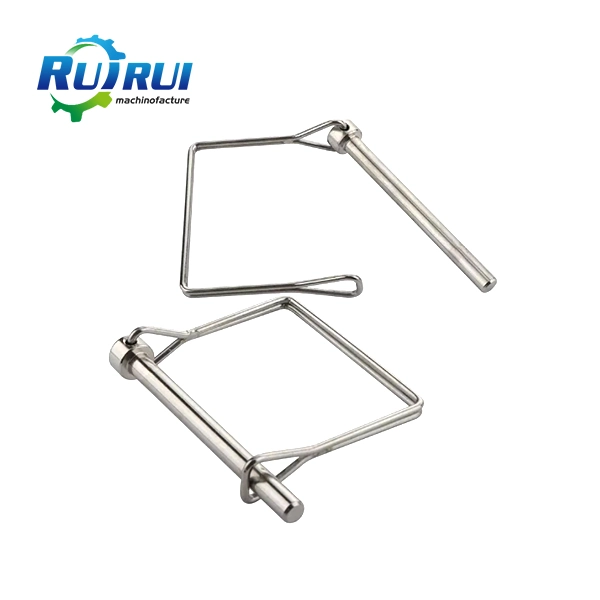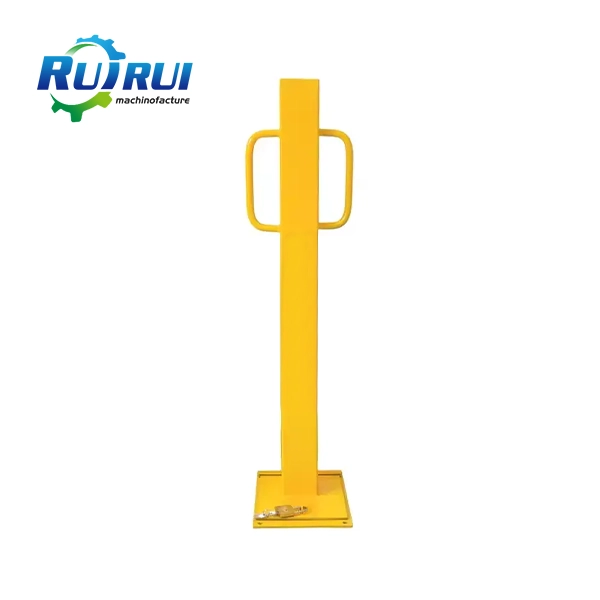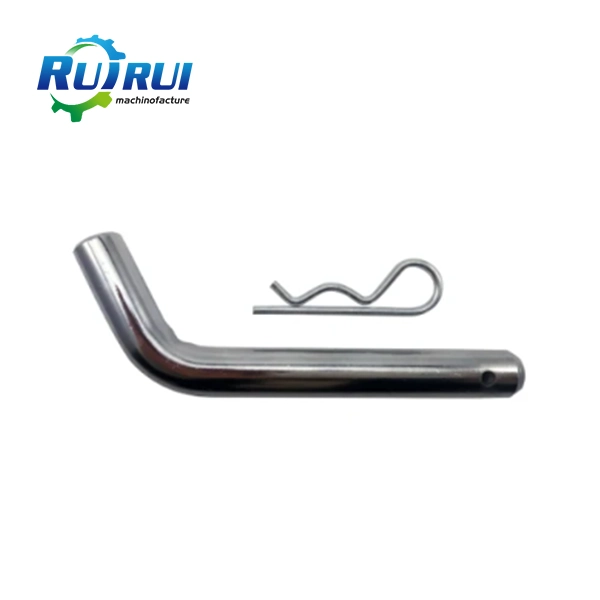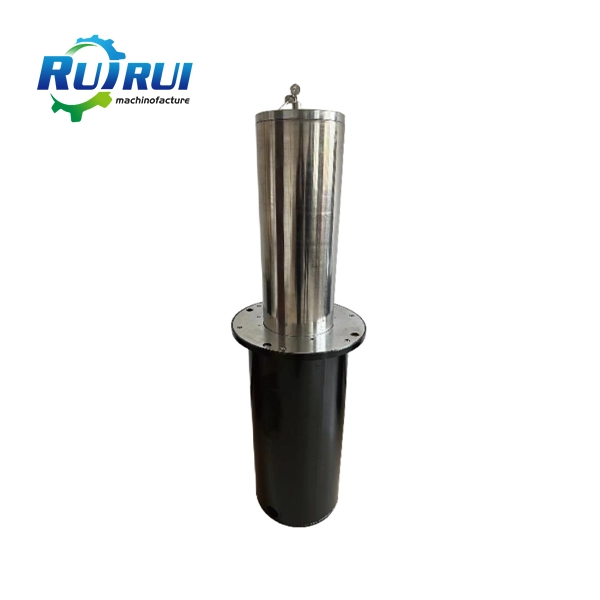How do link plates contribute to structural integrity?
2024-09-27 10:24:27
Link plates play a crucial role in enhancing structural integrity across various engineering applications. These essential components serve as connectors, joining different structural elements to create a cohesive and robust framework. By distributing loads and forces evenly, link plates significantly improve the overall stability and durability of structures. This blog will delve into the intricacies of it, exploring their design, functionality, and the various ways they contribute to structural integrity. We'll examine their applications in construction, manufacturing, and urban furniture design, shedding light on how these seemingly simple components make a substantial difference in the strength and longevity of structures we encounter daily.
The Fundamentals of Link Plates in Structural Engineering
Definition and Purpose of Link Plates
Link plates, also known as gusset plates or connection plates, are flat, typically metal components used to join structural elements in various constructions. These plates serve as critical connectors, transferring loads between different parts of a structure. Their primary purpose is to enhance the overall stability and strength of the assembly by effectively distributing forces across multiple points. Link plates are designed to withstand tension, compression, and shear forces, making them indispensable in maintaining structural integrity.
Materials and Manufacturing Processes
The choice of materials for it is paramount to their performance. Common materials include steel, aluminum, and high-strength alloys, each selected based on the specific requirements of the application. Steel link plates, for instance, offer exceptional strength and durability, making them ideal for heavy-duty structural applications. The manufacturing process of link plates involves precision cutting, drilling, and sometimes heat treatment to achieve the desired mechanical properties. Advanced techniques like laser cutting and CNC machining ensure accurate dimensions and hole placements, crucial for proper alignment and load distribution.
Design Considerations for Optimal Performance
Designing effective link plates requires careful consideration of several factors. Engineers must account for the expected loads, the type of connections required, and the overall structural design. The thickness, shape, and size of the link plate are determined based on stress analysis and load calculations. Hole patterns and sizes are meticulously planned to accommodate bolts or rivets while maintaining structural integrity. Additionally, factors such as corrosion resistance and fatigue strength are considered, especially for it used in outdoor or high-stress environments. Proper design ensures that it not only connect structural elements but also contribute significantly to the overall strength and longevity of the structure.
Mechanisms of Structural Integrity Enhancement
Load Distribution and Force Transfer
One of the primary ways link plates contribute to structural integrity is through efficient load distribution and force transfer. When properly designed and installed, link plates act as intermediaries, evenly distributing loads across connected structural elements. This distribution prevents stress concentration at any single point, which could otherwise lead to structural failure. For example, in a truss system, link plates at the joints ensure that the forces from one member are effectively transferred to others, maintaining the overall stability of the structure. This capability is particularly valuable in dynamic loading situations, where forces may change direction or intensity rapidly.
Reinforcement of Critical Connection Points
Link plates significantly reinforce critical connection points within a structure. These points, often subjected to high stress and strain, are potential weak spots in any structural design. By incorporating link plates, engineers can substantially increase the strength and durability of these connections. The plates provide additional surface area for load bearing, reducing the stress on individual fasteners or welds. This reinforcement is crucial in preventing localized failures that could compromise the entire structure. In urban furniture applications, such as heavy-duty benches or bicycle racks, link plates ensure that joints remain stable even under frequent use and varying load conditions.
Enhancement of Structural Rigidity and Flexibility
Link plates play a dual role in enhancing both the rigidity and flexibility of structures. While this may seem paradoxical, it's a key aspect of their contribution to structural integrity. By providing a solid connection between elements, it increase the overall rigidity of the structure, reducing unwanted movement or deformation under load. Simultaneously, when designed with appropriate tolerances, they can allow for controlled flexibility, which is essential for structures that need to withstand dynamic loads or environmental factors like wind or seismic activity. This balanced approach ensures that structures can maintain their integrity under various conditions, adapting to stresses without compromising their overall stability.
Applications and Innovations in Link Plate Technology
Urban Furniture and Infrastructure
In the realm of urban furniture and infrastructure, it have found numerous innovative applications. They are extensively used in the construction of robust outdoor seating, bicycle racks, and trash bins, ensuring these fixtures can withstand constant use and varying weather conditions. For instance, in the design of public benches, it connect seat panels to support structures, distributing the weight of users evenly and preventing localized stress that could lead to failure. In bicycle racks, link plates are crucial in joining multiple sections, creating sturdy and reliable parking solutions for urban cyclists. The versatility of link plates allows for creative designs that are both functional and aesthetically pleasing, contributing to the overall appeal of urban spaces.
Advanced Engineering in Construction
The construction industry has seen significant advancements in link plate technology. Modern high-rise buildings and bridges utilize sophisticated link plate designs to enhance structural integrity while optimizing material use. Computer-aided design and analysis tools have enabled engineers to create link plates with complex geometries that offer superior load distribution capabilities. In steel-framed structures, innovative link plate designs facilitate quicker assembly and improved seismic performance. Some cutting-edge applications include the use of composite link plates, combining materials like steel and carbon fiber to achieve unprecedented strength-to-weight ratios. These advancements not only improve structural integrity but also contribute to more efficient and sustainable construction practices.
Customization and Specialized Solutions
The evolving needs of various industries have led to the development of highly specialized it solutions. Manufacturers now offer customized link plates tailored to specific applications, from aerospace to marine engineering. For instance, in the production of outdoor furniture like tree fences or trailer accessories, link plates are designed to meet unique aesthetic and functional requirements while maintaining structural integrity. Advanced manufacturing techniques, such as 3D printing of metal link plates, allow for rapid prototyping and production of complex designs that were previously unfeasible. This level of customization ensures that it can be optimized for specific load conditions, environmental factors, and design constraints, further enhancing their contribution to structural integrity across diverse applications.
Conclusion
Link plates are indispensable components in structural engineering, significantly enhancing the integrity and longevity of various structures. Their ability to distribute loads, reinforce connections, and provide both rigidity and flexibility makes them crucial in applications ranging from urban furniture to advanced construction projects. As technology advances, the role of link plates in ensuring structural integrity will continue to evolve, opening new possibilities in design and engineering. If you want to get more information about this product, you can contact us at info@qdkshd.com.
References
1. Smith, J. (2021). "Structural Integrity in Engineering: The Role of Connection Elements"
2. Johnson, A. & Lee, B. (2020). "Advanced Materials in Link Plate Design for Urban Infrastructure"
3. Chen, X. (2019). "Innovations in Gusset Plate Technology for Modern Construction"
4. Williams, R. et al. (2022). "Urban Furniture Design: Balancing Aesthetics and Structural Integrity"
5. Thompson, D. (2018). "Load Distribution Mechanisms in Complex Structures"
6. Garcia, M. & Patel, K. (2023). "Customization Trends in Structural Connection Components"
Send Inquiry
Related Industry Knowledge
- What is a pump cover plate?
- What are the dimensions and specifications of standard link plates?
- What is the difference between link plates and other types of connectors?
- How do link plates contribute to structural integrity?
- What Are the Different Types of Bollards?
- How do you install a link plate?
- What Are U Bolts Used For?
- What materials are link plates made from?
- What are the different types of bollards?
- What is a Mounting Bracket?

